六波羅蜜寺位於京都市著名景點清水寺不遠處,一座山號為「補陀洛山」真言宗智山派寺院。六波羅蜜寺前身是西光寺,也是西國三十三所的第17座名剎而聞名。這座佛寺最初建造於951年,由醍醐天皇的第二皇子空也上人所創建。根據現存的祈願文記載空也上人邀600名諸方名僧,抄寫、誦讀大般若經,並舉行燈會,寺中諸堂供養。
信奉南無阿彌陀佛的空也上人,以“阿彌陀聖”而聞名的他,祈願極樂世界。是日本平安時代最早傳播阿彌陀佛信仰的僧侶,空也上人年輕時周遊五畿七道苦修,在尾張國分寺(今愛知縣稻澤市矢合間地)出家,法號“空也”。出家後,他繼續遊歷各國、遍訪名山,飽學經書,鑽研教義,948年(天歷2年)獲得光勝的稱號。平安時代當時因為社會結構的變化,社會動盪不安,疫病流行,災害頻發遍地飢荒蔓延的年代。空也上人目睹人們總是在傷痛和不安渡過。空也上人總想為受苦的人民做些事,他就自己雕刻一尊觀音,然後拖著車在市內轉了一圈,這時空也上人無論生病的人是什麼身份, 將放入小梅幹和昆布的茶分發給大家飲用。同時並,不斷念誦“南無阿彌陀佛”,祈求病癒。空也上人並實施各種施捨貧困的救濟活動,並向病人和囚犯講解佛法、為民眾挖井取水等。他宣導著佛祖可引領祈禱之人通往極樂世界的信仰觀念,對於病倒或貧困的人施以救助,也協助安葬被拋棄在野地裡的無名屍骸,為其念佛超渡。空也上人因親近民眾、關愛百姓,亦經常在市民中傳送佛法,空也上人得到上至貴族、下至市井百姓的廣泛信仰,人們親切地稱他為“市聖”。空也上人心存仁愛,他在京都鞍馬山閒居之時,得知獵人射殺了被視為自已朋友的鹿,他請求獵人把鹿皮和鹿角給他,以鹿皮為杖,鹿角作杖頭,終生不離身。獵人懺悔自己殺生的行為,成為空也上人的弟子。(現存空也上人立像”是載入日本教科書的經典作品。空也上人臉頰消瘦、脖上掛著銅鑼,一手敲打、一手拿著鹿角杖。)
空也上人是「踊り念仏(おどりねんぶつ)」,亦即「踊躍念佛」的創始人,會用這個樂器敲擊節奏,讓眾人圍成一圈,念誦佛號的同時進行舞蹈動作。
972年(天祿3年)空也上人圓寂,享年70歲。被視為民間淨土宗先驅者,也被認為是俗稱的天台宗空也派之祖。
六波羅蜜寺和平清盛有著深厚的關係。在平安時代後期,由於平清盛在六波羅蜜寺所屬的領地內設置了平家據點,因此附近增加了許多平家族的館舍。然而,在平家與源氏的戰鬥中,平家被源氏擊敗,他的家族也在這裡被迫進行自殺。寺廟也在1183年除了正殿以外全部被兵火中燒毀。雖然後來得到了源賴朝和德川家的大力扶持修復重建,鎌倉時代(1192–1333),此處又設置了幕府的外設行政機關“六波羅探題”,以監視朝廷動向。當時並對寺院進行了多次修復,到了豐臣秀吉時代,形成如今寺院的主要格局。明治維新之後,寺院曾一度荒廢,領地被縮小為現在的大小,。隨著時間的流逝,為了紀念寺廟的開創1000周年,為紀念建寺千年,1969年進行了正殿的落架修復工作,重新恢復了昔日的豪華風貌。這些歷史事件使六波羅蜜寺成為了日本歷史上重要的一頁。
現今,六波羅蜜寺是一個著名的旅遊景點,吸引了大量的遊客前來參觀。除了寺廟本身,遊客還可以欣賞到寺廟周圍的美景,如清水川和周圍的山丘。寺廟內也展示了許多有關六波羅蜜寺和平安時代歷史的文物和藝術品,包括彩繪屏風、佛像和書法作品等。在這裡,遊客可以感受到日本古代文化的獨特魅力,以及日本人對於宗教和歷史的深刻敬意。
離清水寺很近的這個寺廟和周圍的氛圍稍微不一樣,與熱鬧的觀光遊客眾多的清水寺附近相比,六波羅蜜寺是在安靜的住宅街中。據說這座寺院與平清盛有著很深的關係,現在建的地方在平安時代被稱為平家的根據地,傳說六波羅這個地名其實是從寺廟的名字中取的,從寺廟裡取地名的有點令人吃驚呢。 建造六波羅蜜寺的是醍醐天皇的第二皇子―空也上人,951年在京都因疫病蔓延,使很多平民生活在痛苦之中,這時空也上人認為必須做點什麼,就自己雕刻出一尊觀音,然後拖著車在市內轉了一圈,這時空也上人無論生病的人是什麼身份, 都把放入了小梅幹和昆布的茶分發給大家,同時並祈求病癒,這是至今仍流傳著的,作為無病消災的皇福茶分配給在正月到訪六波羅蜜寺的人們。到了平安時代,由於平清盛在六波羅蜜寺的所屬地內設置了平家據點,所以平家族的各家館在附近增加了,但是,平家與源氏的戰鬥中敗北的平家,在1183年因兵火而被燒毀,除正殿以外全部燒毀,此後,雖然借助源賴朝和德川家的大力被覆興, 但是多次遇到火災屢次被燒毀了,明治維新之際,領地被縮小為現在的大小,在這之後隨著歲月的流逝,1969年為紀念開創1000周年進行了正殿的修理,恢復了昔日的豪華風貌。
(六波羅蜜寺至今仍流傳著的,在正月到訪六波羅蜜寺的人們,分配給善信作為無病消災的皇福茶。為何稱為皇福茶?當時空也上人將茶作為湯藥給病人飲用,治好疫病後,空也上人將茶獻給村上天皇,故名皇福茶。)
Rokuharamitsu-ji is a temple located near the famous Kiyomizu-dera in Kyoto, Japan. The temple, also known as the Hōdōzan Shingon-shū Rokuharamitsu-ji, is a Shingon Buddhist temple founded in 951 AD by the second son of Emperor Daigo, Kūya. Originally named Saikō-ji, it was later renamed Rokuharamitsu-ji after the six paramitas of Mahayana Buddhism.
According to the existing prayer texts, Kūya invited 600 famous monks from various regions to transcribe and recite the Mahaprajnaparamita Sutra and held a lantern festival in the temple. The temple has various halls for worship and offerings.
Kūya, who believed in the Pure Land sect of Buddhism, was known as “Amitabha Sage” and prayed for rebirth in the Pure Land. He was one of the earliest monks in the Heian period to spread the faith of Amitabha Buddha in Japan. Kūya traveled throughout Japan to practice asceticism and became a monk at the Owari Kokubun-ji (now Yaho, Inazawa City, Aichi Prefecture). After ordination, he continued to travel to various countries and mountains to study Buddhist scriptures and teachings, and was awarded the title of Kōshō in 948 AD.
During the Heian period in Japan, social structure changes, unrest, disease, and famine were rampant. Kūya witnessed people suffering and wanted to help. He carved a statue of Kannon, the bodhisattva of compassion, and pulled it around the city in a cart. He distributed tea made from umeboshi and kelp to anyone who was sick, regardless of their social status. While doing so, he continuously chanted “Namu Amida Butsu” to pray for their recovery.
Kūya also engaged in various charitable activities, such as providing relief to the poor, teaching Buddhist teachings to the sick and prisoners, and digging wells for the people. He advocated the belief that the Buddha could lead people to the Pure Land and helped the sick and poor, even assisting in burying the bodies of nameless corpses found in the wilderness. Due to his kindness and compassion, Kūya gained widespread faith from both the aristocracy and the common people, who affectionately referred to him as the “saint of the marketplace.”
Kūya was known for his love and compassion. When he lived on Mount Kurama in Kyoto, he learned that a hunter had killed a deer, which Kūya considered to be his friend. He asked the hunter to give him the deer’s skin and antlers and used them to make a staff that he carried with him for the rest of his life. The hunter repented of his killing and became Kūya’s disciple. The statue of Kūya that remains today shows him with a thin face, a bronze bell hanging from his neck, and holding a deer antler staff in one hand while striking it with the other. This classic work is included in Japanese textbooks.
Kūya was the founder of “odori nenbutsu,” or “dancing while reciting Buddhist chants.” He would use an instrument to create a rhythm while people formed a circle and danced while reciting Buddhist chants.
In 972 (Tenroku 3), Kūya passed away at the age of 70. He is regarded as a pioneer of the Jodo Shu sect and also considered the founder of the Kūya school of the Tendai sect.
Rokuharamitsu-ji Temple has a deep connection with Taira no Kiyomori. In the latter part of the Heian period, Kiyomori established a base for the Taira clan in the temple’s territory, resulting in many residences being built by the Taira clan. However, during the battle between the Taira and Minamoto clans, the Taira were defeated, and their clan was forced to commit suicide in the area. The temple was also burnt down in 1183, except for the main hall. Although it was later restored with the help of Minamoto no Yoritomo and the Tokugawa family, during the Kamakura period (1192-1333), an administrative office called the “Rokuhara tandai” was established to monitor the movements of the imperial court. The temple was repeatedly restored during this time. During the Toyotomi Hideyoshi period, the main layout of the temple was established. After the Meiji Restoration, the temple was abandoned for a time, and the territory was reduced to its current size. To commemorate the 1000th anniversary of the temple’s founding, the main hall underwent restoration work in 1969 to restore its former glory. These historical events make Rokuharamitsu-ji Temple an important part of Japanese history.

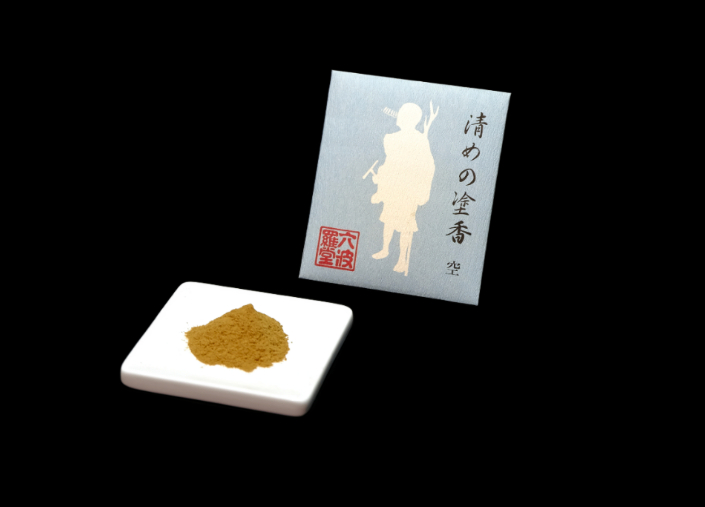
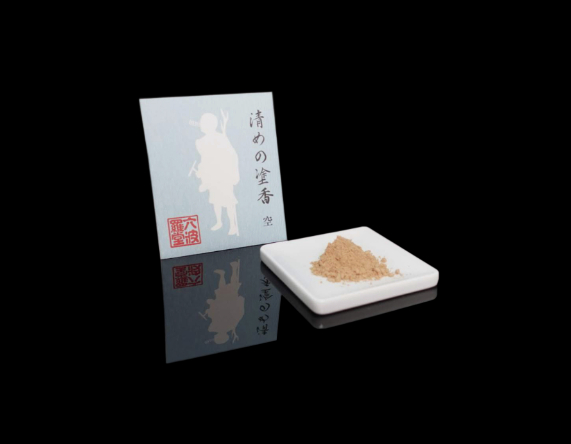
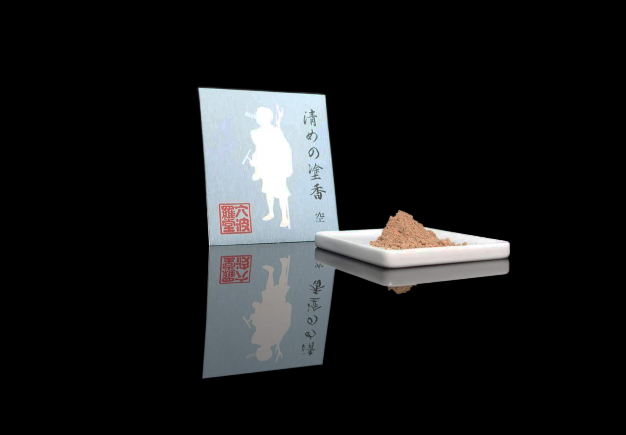
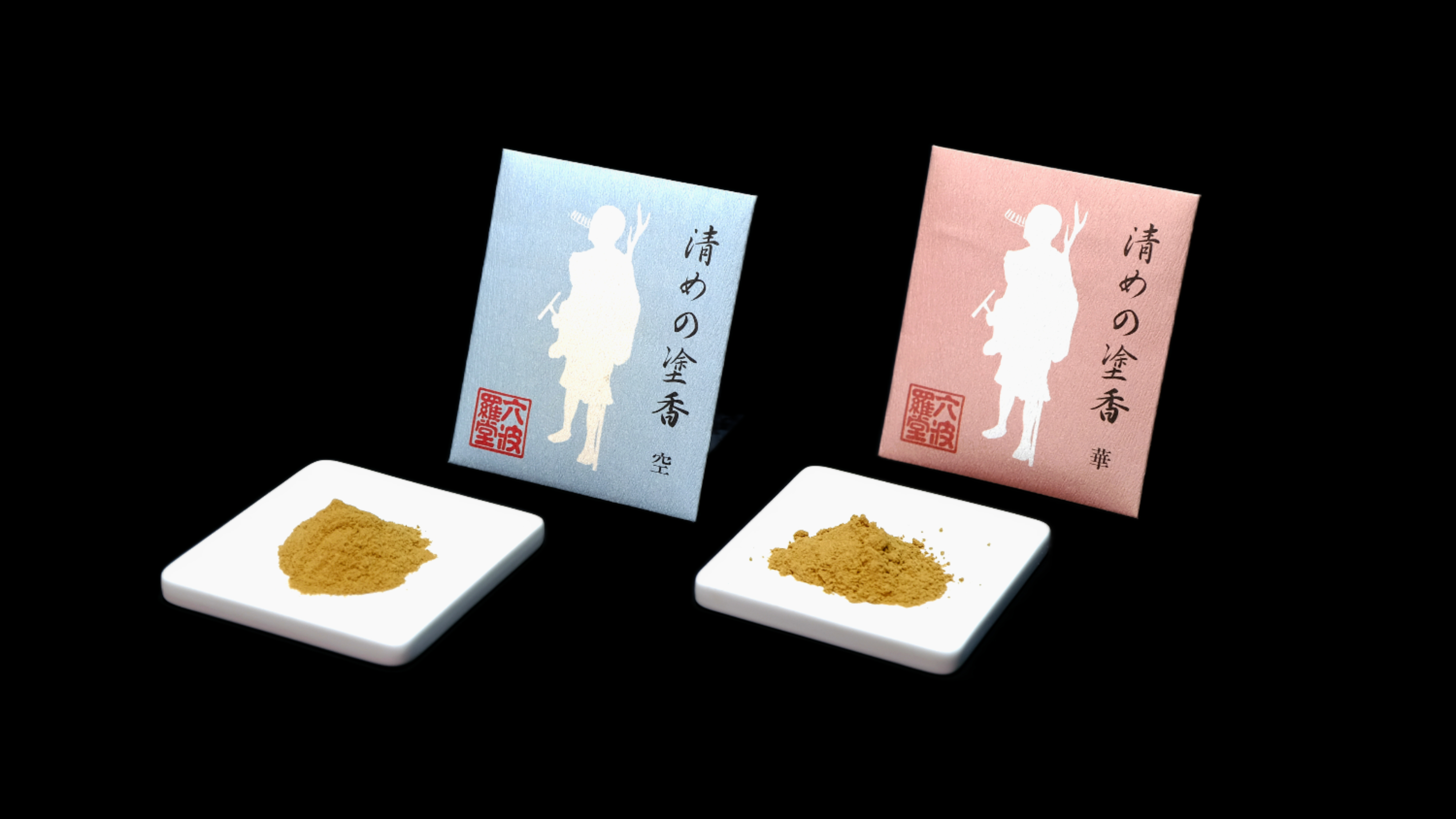
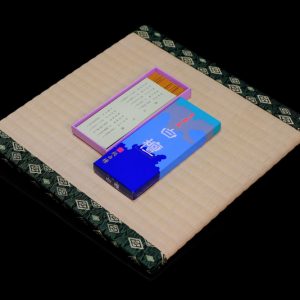

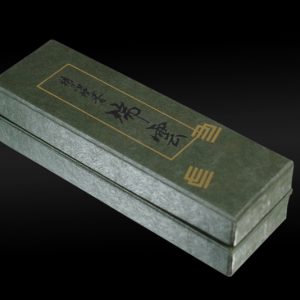
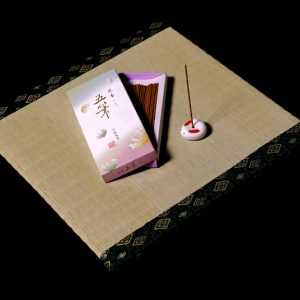
商品評價
目前沒有評價。